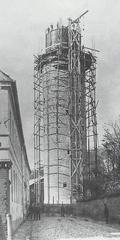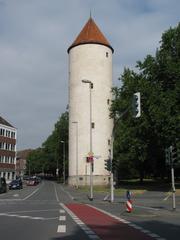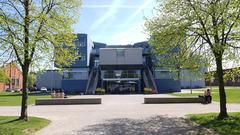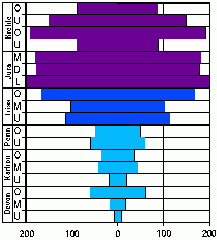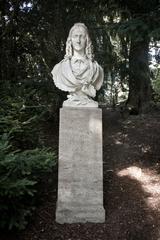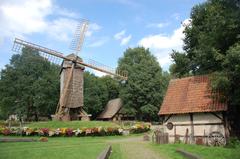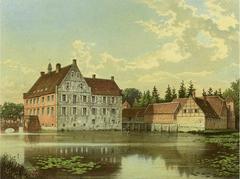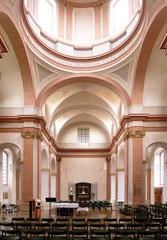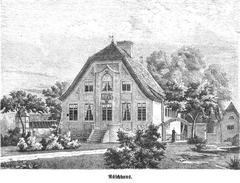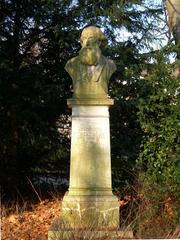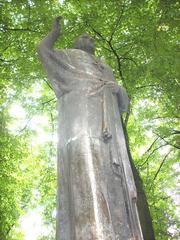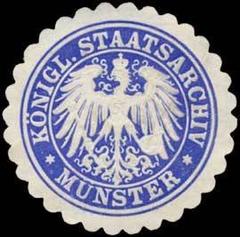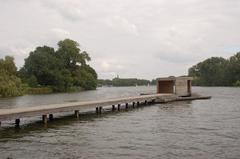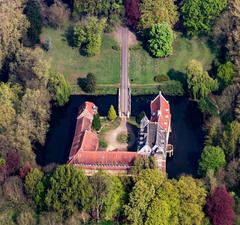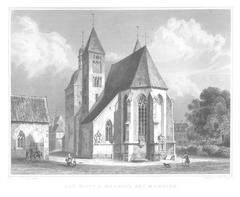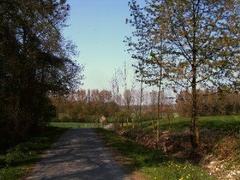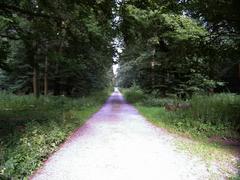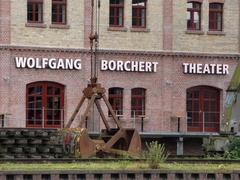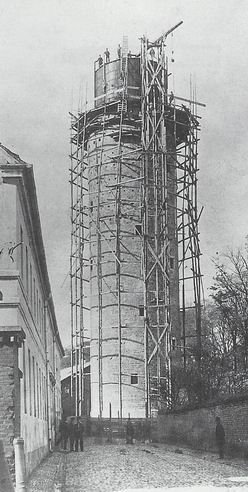
Buddenturm Visiting Hours, Tickets, and Historical Sites in Münster
Date: 23/07/2024
Introduction
The Buddenturm is one of the most iconic historical landmarks in Münster, Germany, offering a captivating glimpse into the city’s rich medieval past. Constructed in the 12th century, this imposing tower originally served as a vital part of Münster’s fortifications, designed to protect the city from invaders. With its robust sandstone structure, the Buddenturm stands as a testament to the architectural prowess of the medieval era, showcasing a blend of Romanesque and Gothic styles. Over the centuries, the tower has witnessed significant historical events, including the Anabaptist Rebellion of 1534-1535, which saw the tower used as a stronghold by rebels. Today, the Buddenturm is meticulously preserved and offers visitors the opportunity to explore its historical and architectural significance through guided tours, special events, and panoramic views of Münster’s cityscape. Whether you are a history enthusiast, an architecture aficionado, or a curious traveler, the Buddenturm is a must-visit destination that promises an enriching experience. (source)
Table of Contents
History of Buddenturm
Origins and Early History
The Buddenturm, constructed around 1150, originally served as part of Münster’s fortifications. The tower’s name derives from “Buddenturm,” meaning “barrel tower,” a reference to its cylindrical shape. It was a key defensive structure designed to protect the city from invaders and provide a vantage point for surveillance.
Architectural Significance
Standing at approximately 20 meters high and constructed primarily of sandstone, the Buddenturm features thick walls essential for withstanding medieval sieges. The architecture showcases the transition from Romanesque to Gothic styles, with narrow windows and crenellations at the top typical of medieval military architecture.
Role in Münster’s Defense
Strategically located near the city’s northern gate, the Buddenturm was a first line of defense against northern invaders. During conflicts, guards manned the tower to watch for approaching enemies. Its height provided a clear view of the surrounding area, allowing defenders to spot potential threats from a distance.
The Anabaptist Rebellion
During the Anabaptist Rebellion of 1534-1535, Münster was taken over by radical Anabaptists who sought to establish a theocratic community. The Buddenturm, along with other fortifications, was used by the rebels to defend the city against the Bishop of Münster, Franz von Waldeck. The tower witnessed intense fighting and served as a stronghold for the rebels until the city was recaptured by the bishop’s forces.
Restoration and Preservation
In the centuries following the Anabaptist Rebellion, the Buddenturm underwent several phases of restoration and preservation. By the 19th century, the tower had fallen into disrepair. In 1888, a major restoration project led by architect Hilger Hertel the Elder aimed to preserve the historical integrity of the tower while making necessary structural repairs.
Visitor Information
Visiting Hours and Tickets
The Buddenturm is open to visitors year-round. Visiting hours are typically from 10:00 AM to 6:00 PM, but it is advisable to check the official website for the most current information. Admission fees are modest, with adult tickets priced at €5 and discounted rates for children, students, and seniors.
Travel Tips
- Location: The Buddenturm is near Münster’s northern gate, easily accessible by public transport or on foot.
- Accessibility: The tower has limited accessibility for those with mobility issues due to its narrow staircases.
- Nearby Attractions: Consider exploring other nearby historical sites such as the Münster Cathedral and the Prinzipalmarkt.
Guided Tours and Special Events
Guided tours offer in-depth information about the Buddenturm’s history, architecture, and role in Münster’s defense. The tower also hosts special events throughout the year, including historical reenactments and educational programs for schools and universities.
Photographic Spots
The Buddenturm provides excellent photographic opportunities, particularly the panoramic views from the top, offering unique perspectives of Münster’s cityscape and historical landmarks.
Preservation Efforts
Ongoing preservation efforts ensure that the Buddenturm remains a well-maintained historical site. The city of Münster, along with various heritage organizations, is committed to preserving the tower for future generations. These efforts include regular maintenance, structural assessments, and public awareness campaigns to highlight the importance of historical preservation.
FAQs
- What are the Buddenturm visiting hours? The tower is open daily from 10:00 AM to 6:00 PM, but it’s best to check the official website for updates.
- How much are Buddenturm tickets? Adult tickets are €5, with discounts available for children, students, and seniors.
- Is the Buddenturm accessible for people with disabilities? Due to its medieval structure, the tower has limited accessibility for those with mobility issues.
- What other attractions are near the Buddenturm? Nearby attractions include the Münster Cathedral and the Prinzipalmarkt.
Conclusion
The Buddenturm is more than just a medieval tower; it is a testament to the resilience and ingenuity of the people of Münster. Its rich history, architectural significance, and cultural impact make it a must-visit destination for anyone interested in exploring the historical heritage of Münster. Whether you are a history enthusiast, an architecture aficionado, or simply a curious traveler, the Buddenturm offers a fascinating journey into the past. For more information and updates on visiting the Buddenturm, be sure to check the official Münster tourism website and follow on social media. (source)
References
- Exploring Buddenturm - Visiting Hours, Tickets, and Historical Insights in Münster, 2024, https://www.stadt-muenster.de/tourismus
- Exploring the Buddenturm in Münster - History, Visiting Hours, and Tickets, 2024, https://www.stadt-muenster.de/tourismus
- Essential Visitor Tips for Exploring Buddenturm in Münster - Hours, Tickets, and More, 2024, https://www.stadt-muenster.de/tourismus
